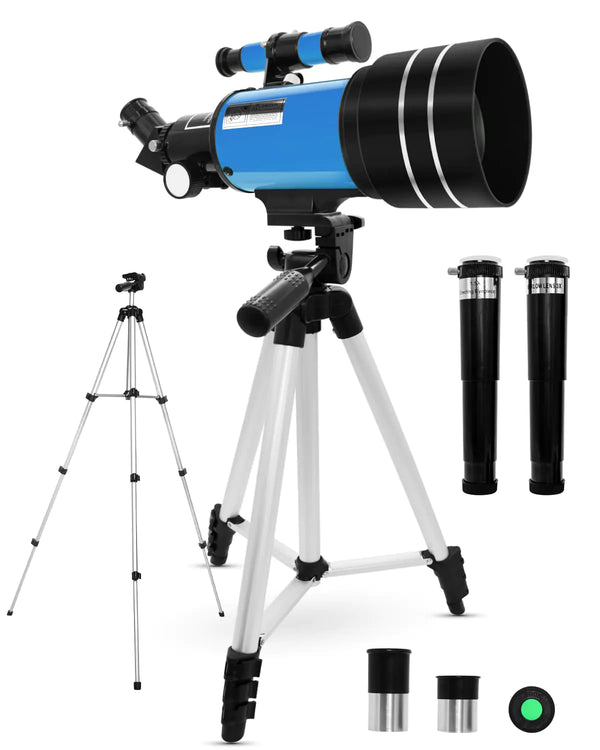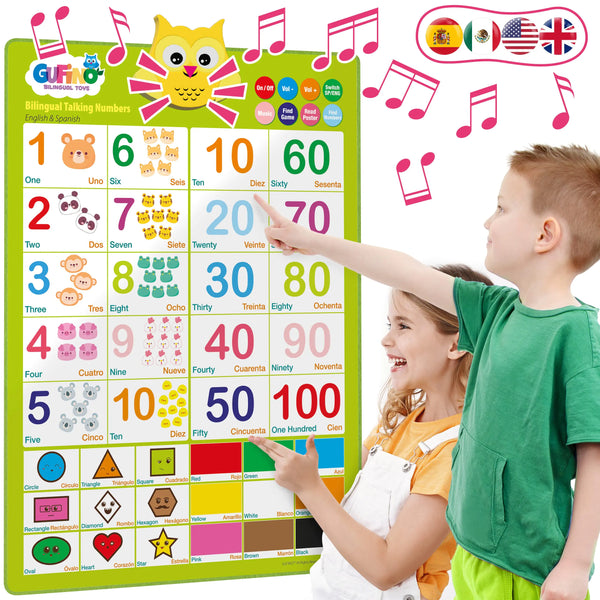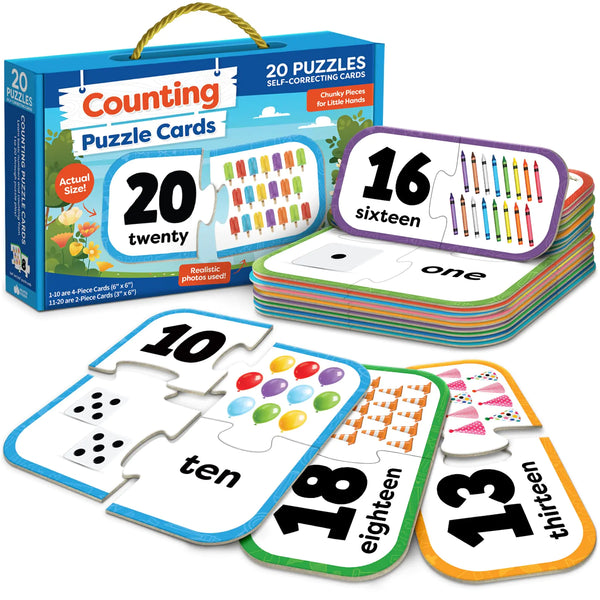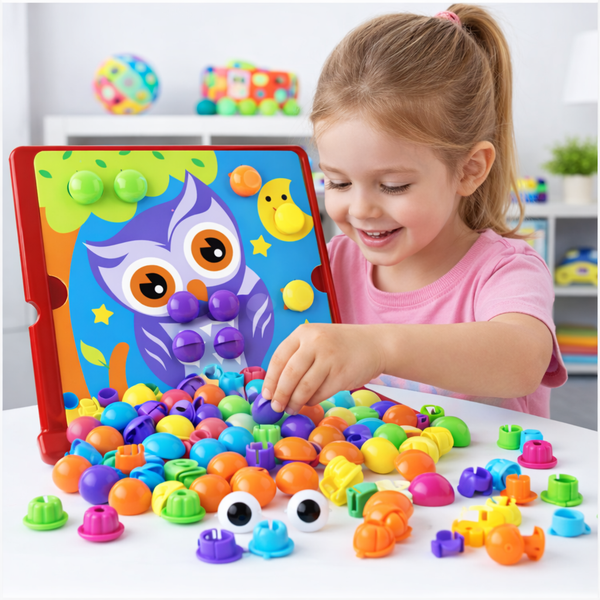Choosing the right toys for your children goes beyond just picking the newest or most popular items on the shelf. It's really about seeing what your child likes, what they need to grow, and how they can learn through the fun of playing. Toys aren't just for fun; they're tools that can help your child develop important skills all while they're enjoying themselves. This is where the Montessori approach comes into play, focusing on toys that encourage kids to explore on their own and learn at their own pace, often using toys made from natural materials.
First off, pay close attention to what your child is naturally interested in. This could be anything from the way they are drawn to certain colors, how they love to solve puzzles, or their fascination with building things. Their interests are key clues in choosing toys that they will not only enjoy but also learn from. It's all about matching the toy to what catches their eye and piques their curiosity.
It's also crucial to consider your child's developmental stage when picking out toys. The goal is to find toys that are just right for their age and abilities — not too simple that they get bored, but not too complex that they become frustrated. For example, babies might enjoy soft toys and simple musical instruments that stimulate their senses, while older kids might prefer puzzles and games that challenge their thinking and problem-solving skills.
The concept of self-directed play, a core part of the Montessori method, is really about giving children the freedom to explore and learn on their own. This means choosing toys that allow them to experiment, make mistakes, and figure things out independently. This kind of play not only boosts their problem-solving abilities but also fosters a sense of independence and confidence in their own abilities.
In conclusion, selecting the right toys for your child isn't a one-size-fits-all process. It involves observing your child, understanding their developmental needs, and choosing toys that support their growth and learning in a fun, engaging way. By focusing on toys that promote self-directed learning and are appropriate for their developmental stage, you can turn playtime into an enriching learning experience that supports your child's growth and development.
Understanding Your Child's Interests
Observing What Catches Their Eye
Noticing what your child is naturally drawn to can make all the difference in choosing toys that they will love and learn from. Whether they're fascinated by the mechanics of a toy car or the colors in a puzzle, these preferences give you insights into what toys will captivate their interest and stimulate their learning. Pay attention to the little details: what do they pick during free play? What themes do they love exploring? Keeping these questions in mind will help you select toys that align with their current fascinations.
Matching Toys to Your Child's Developmental Stage
It's not just about the toy's appeal but also its ability to support your child's growth. Toys that are too simple might bore them, while overly complicated ones could lead to frustration. Here’s a simple breakdown to guide you:
- For Babies (0-12 months): Look for toys that stimulate their senses, like soft books or simple musical instruments.
- For Toddlers (1-3 years): Opt for toys that encourage exploration and motor skills, such as building blocks or shape sorters.
- For Preschoolers (3-5 years): Choose toys that challenge their developing cognitive skills, like puzzles or counting games.
The Magic of Self-Directed Play
Integrating Montessori principles at home means creating opportunities for your child to explore and learn at their own pace. This autonomy not only boosts their problem-solving skills but also nurtures their independence and creativity. From tactile materials like Play-Doh to puzzles that require patience and strategy, the aim is to provide toys that foster an environment of self-directed play.
The Benefits of Montessori Toys
Simplicity and Learning
Montessori toys stand out because they're designed with a child's learning journey in mind. These toys, often made from natural materials, encourage hands-on learning and creativity without the need for electronic features. They're not just toys; they're tools that help children explore and understand the world around them at their own pace.
Selecting Toys for Different Childhood Stages
The beauty of Montessori toys is that they can be tailored to each stage of your child's development:
- Toddlers are introduced to the joy of sensory exploration.
- Preschoolers engage in skill-building through play.
- Older Children face cognitive challenges that stretch their thinking.
Fostering Independence Through Play
One of the greatest gifts you can give your child is the ability to play independently. Montessori toys are perfect for this, offering children the chance to explore, make mistakes, and learn from them—all in the safety of play. This kind of play not only entertains but also educates, building a foundation for lifelong learning.
Navigating the Toy Aisle: Practical Tips
Safety and Durability
When choosing toys, prioritize those made from natural, safe materials. Look for toys that are sturdy and can withstand the test of time (and the occasional throw across the room). Montessori toys often meet these criteria, being made from materials like wood and free from harmful chemicals.
Simplifying the Toy Box
In a world where more often seems like better, choosing simpler toys can actually benefit your child's development more. Overstimulating toys can overwhelm a child, while simpler ones can spark imagination and encourage problem-solving. Montessori toys, with their focus on simple, natural materials, offer endless opportunities for creative play.
Involving Your Child in the Selection Process
Letting your child have a say in which toys come home is not just empowering; it ensures that the toys you choose will be cherished and used. Talk about what they like, explore options together, and listen to their preferences. This dialogue makes the toy selection process a shared adventure, one that respects their interests and developmental needs.
The Role of Play in Learning
Never underestimate the power of play. It's through play that children learn to solve problems, communicate, and develop critical thinking skills. By choosing toys that encourage active engagement and creativity, you're setting the stage for a lifetime of curiosity and love for learning.
Wrapping It Up: The Joy of Toy Hunting
Selecting toys for your child is a journey filled with discoveries and delights. It's not just about the toys themselves but about understanding and nurturing your child's unique way of learning and exploring the world. By focusing on their interests, developmental stages, and the principles of Montessori education, you can create a play environment that's both enriching and endlessly entertaining. So go ahead, embrace the adventure of toy hunting, and watch as your child's love for learning takes flight.


















